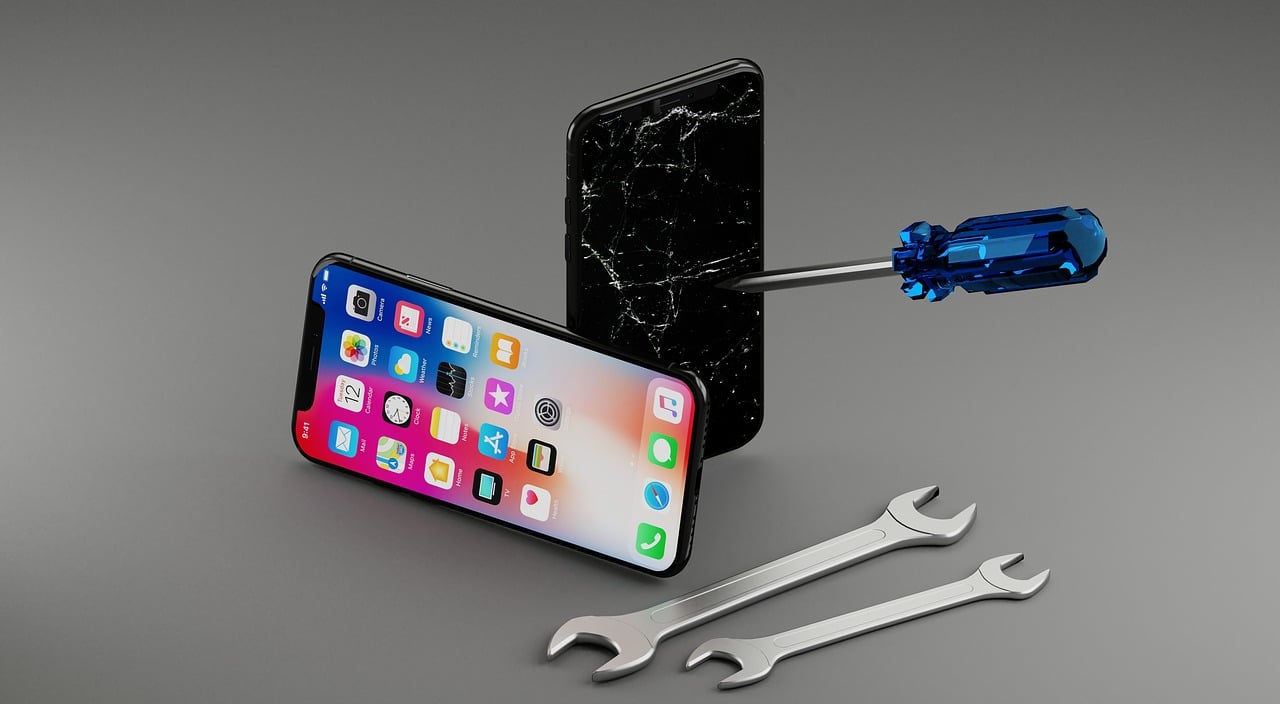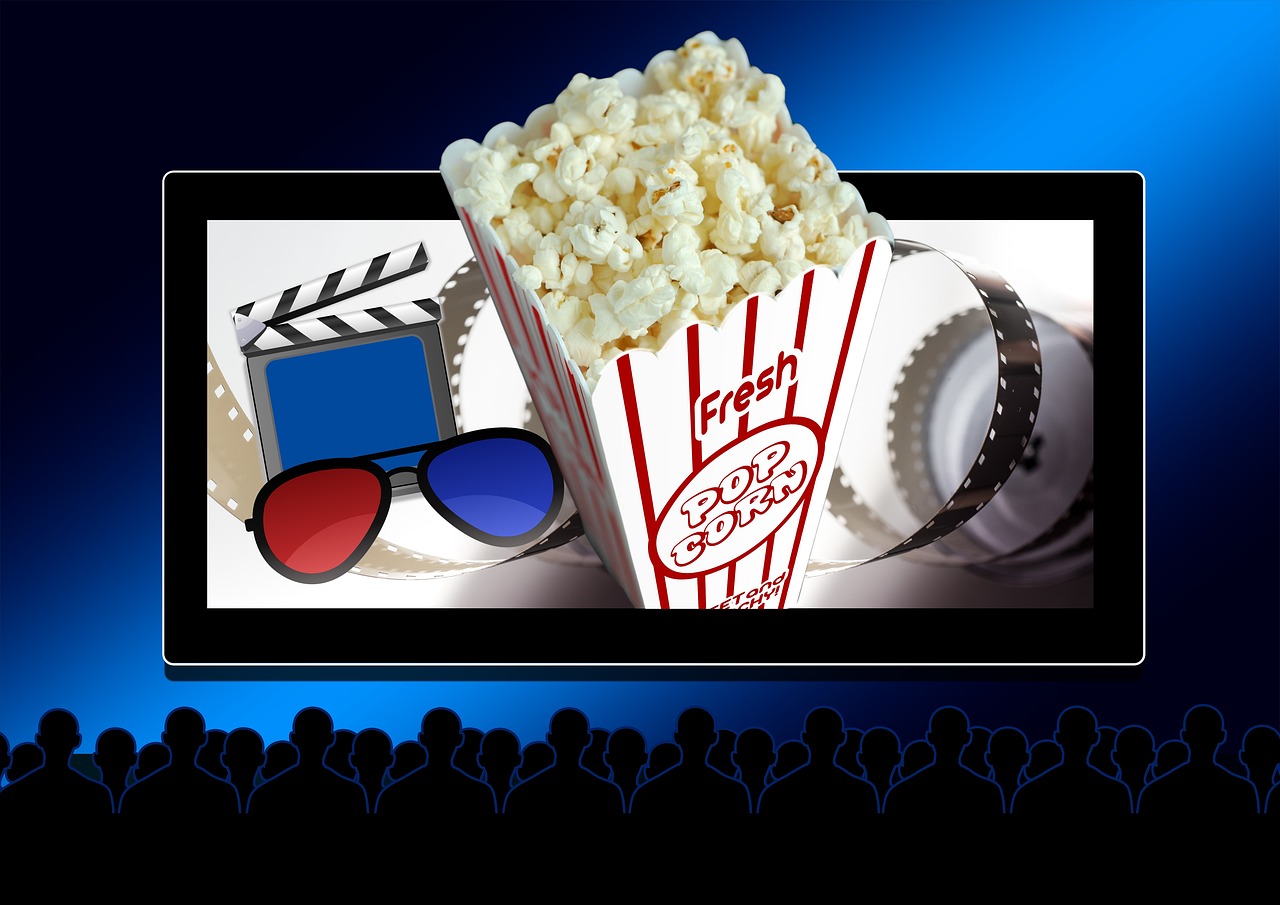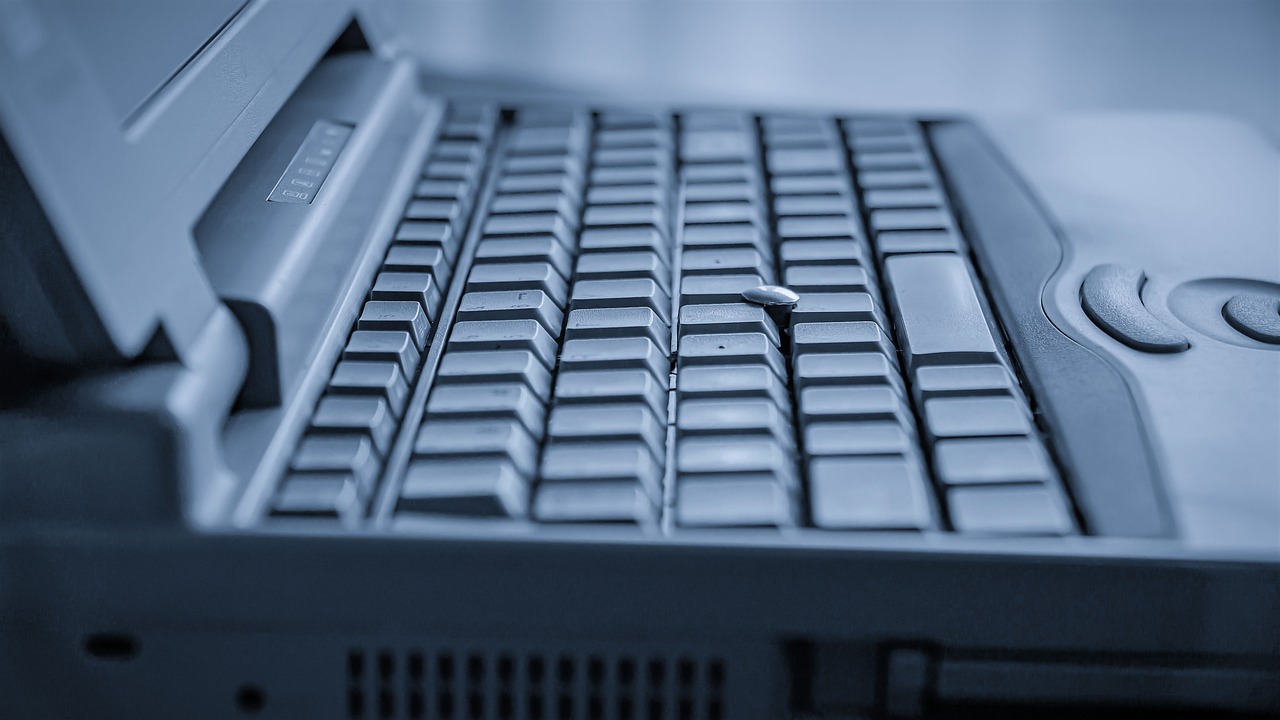If you’ve recently seen a Backboard Failed to Send Ping IO14.6 error on your iPhone or iPad, you may be wondering what it means and how to fix it. This error message can be confusing, especially if you’re unfamiliar with how iOS systems work behind the scenes. Backboard is an essential system service on iOS devices that helps manage touch inputs, animations, and gestures, ensuring smooth interactions with your screen. When a Backboard Failed to Send Ping IO14.6 error appears, it indicates a communication breakdown within this service.
In this article, we’ll explore what the backboard service does, why it’s important, and what the “failed to send ping” error means. We’ll also provide practical solutions to resolve this issue and improve your device’s performance.
What is Backboard on iOS Devices?
Understanding the Role of Backboard
In iOS devices, backboard functions as an internal service responsible for handling user interactions like tapping, swiping, and gestures. It translates these physical actions into commands that your device can process, allowing for a smooth user experience. Backboard also manages animations and other visual elements that make your interactions feel responsive.
Why Backboard is Essential
Without backboard, your iPhone or iPad would struggle to respond accurately to your actions on the screen. It acts as a middleman, ensuring that every gesture is recognized and followed by the corresponding system response. If this service is interrupted, you may experience delayed touch responses, stuttering animations, or a frozen screen.
What is the Backboard Failed to Send Ping IO14.6 Error?
Defining “Failed to Send Ping”
The term “ping” in this context refers to a signal or check-in sent from the backboard service to other system components to confirm connectivity and responsiveness. When the backboard fails to send ping, it means this signal wasn’t received as expected, leading to a disruption in the usual smooth operation of your device.
What Happens When Backboard Fails?
When the backboard service fails to send a ping, your device may struggle with coordinating touch inputs or animations. This failure can cause issues such as:
- Unresponsive screen gestures
- Lagging animations
- App freezes or crashes
- General system sluggishness
These symptoms indicate a breakdown in the communication between the backboard service and other system processes.
Common Causes of the Backboard Failed to Send Ping IO14.6 Error
Several factors can lead to this error, and understanding them can help you prevent or fix it. Here are some common causes:
1. Software Glitches backboard failed to send ping io14.6
Temporary bugs within iOS can disrupt the backboard service, preventing it from sending a ping. This can be caused by new software updates, app conflicts, or system cache issues.
2. Memory Overload
Running too many apps or background processes at once can overwhelm your device’s memory, leading to system instability and communication errors.
3. System Updates
Sometimes, after updating iOS, some system services might experience compatibility issues or bugs, which can interfere with backboard’s normal function.
4. Hardware Issues
In some rare cases, a failing hardware component, such as the touch controller, may affect the backboard service. This usually happens in older devices where hardware is beginning to degrade.
How to Fix the Backboard Failed to Send Ping IO14.6 Error
If you’re encountering this error frequently, here are some effective methods to resolve it.
1. Restart Your Device
A simple restart can often fix minor software glitches that interfere with the backboard service. To restart your device:
- Press and hold the power button until the slide to power off option appears.
- Slide to turn off your device, wait a few seconds, and then press the power button again to turn it back on.
2. Close Background Apps
If you have multiple apps running, close them to reduce memory usage and free up resources for the backboard service:
- Swipe up from the bottom of the screen to open the app switcher.
- Swipe each app off the screen to close it.
3. Update iOS
Apple frequently releases updates to fix bugs and improve system stability. If you haven’t updated iOS recently, it’s a good idea to check for updates:
- Go to Settings > General > Software Update.
- If an update is available, tap Download and Install.
4. Reset All Settings
Resetting your device’s settings can often resolve persistent issues without affecting your data. Here’s how:
- Go to Settings > General > Reset > Reset All Settings.
- Enter your passcode if prompted, and confirm the reset.
5. Perform a Hard Reset
A hard reset can clear system caches and potentially fix issues with the backboard service. To perform a hard reset:
- For iPhones with Face ID: Press and quickly release the Volume Up button, then the Volume Down button, then press and hold the Side button until the Apple logo appears.
- For iPhones with a Home button: Press and hold the Home button and the Power button simultaneously until the Apple logo appears.
6. Check for Faulty Apps
Sometimes, a specific app may cause issues with system processes like backboard. If you notice the error occurs when using a particular app, try uninstalling it:
- Press and hold the app icon until a menu appears.
- Tap Remove App, then Delete App to uninstall it.
7. Free Up Storage Space
A lack of storage space can impact your device’s performance, leading to system errors. Free up space by deleting unnecessary files, apps, or photos.
Advanced Troubleshooting Methods backboard failed to send ping io14.6
If the error persists after trying the basic solutions, you may need to consider more advanced options.
1. Restore Your iPhone or iPad Using iTunes/Finder
Restoring your device can resolve deeper system issues:
- Connect your device to a computer.
- Open iTunes (on Windows or older Macs) or Finder (on macOS Catalina and later).
- Select your device, choose Restore iPhone, and follow the prompts.
2. Contact Apple Support
If all else fails, it may be a hardware-related problem that requires professional assistance. Contact Apple Support or visit an Apple Store for further help.
Preventing the Backboard Failed to Send Ping IO14.6 Error in the Future
To avoid encountering this error in the future, follow these best practices:
1. Keep Your Software Updated
Regular updates can fix bugs and enhance system stability, reducing the likelihood of communication errors.
2. Monitor App Usage
Avoid running too many background apps, as they can strain your device’s resources and lead to errors.
3. Perform Regular Restarts
Restarting your device periodically can clear temporary bugs and improve performance.
4. Free Up Storage Regularly
Maintaining sufficient storage space ensures your device has enough resources to run smoothly.
5. Limit Resource-Intensive Apps
Certain apps, such as games and photo-editing tools, can use a lot of memory and slow down system processes. Try to limit their use if you’re experiencing performance issues.
Conclusion backboard failed to send ping io14.6
The Backboard Failed to Send Ping IO14.6 error on iOS devices can be frustrating, as it interferes with touch responsiveness and overall system performance. However, by understanding what backboard does and why this error occurs, you can take effective steps to resolve it. Whether it’s a quick restart or a system update, there are several ways to fix this issue and maintain a smooth, responsive iPhone or iPad experience. By following the prevention tips above, you can minimize the chances of running into this error again.
FAQs backboard failed to send ping io14.6
- What causes the Backboard Failed to Send Ping IO14.6 error?
- This error typically occurs due to software glitches, memory overload, or compatibility issues following an iOS update.
- Can this error damage my iPhone?
- No, the error itself does not cause physical damage, but it can affect performance and responsiveness.
- Is resetting all settings safe for fixing this error?
- Yes, resetting all settings is safe and does not erase data, though it resets preferences like Wi-Fi passwords and wallpapers.
- How frequently should I restart my iPhone to avoid such errors?
- Restarting your iPhone once a week can help prevent minor glitches and keep the system running smoothly.
- What should I do if the error persists after all troubleshooting steps?
- If the error continues, contact Apple Support or visit an Apple Store, as the issue may be hardware-related.















Leave a Reply